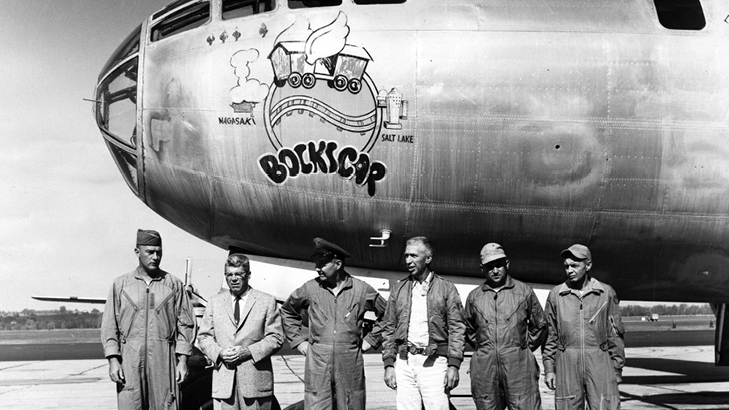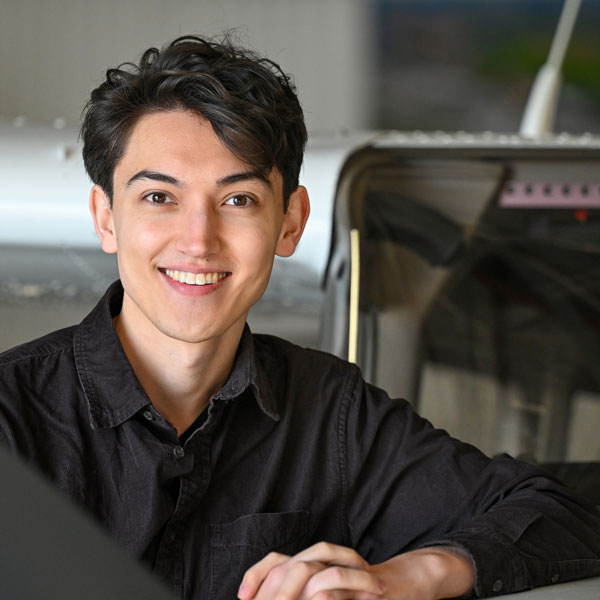80 years ago
‘Bockscar’ and the day the world changed
On August 9, 1945, the B–29 bomber Bockscar, piloted by Charles W. Sweeney, lifted off from the island of Tinian, bound for Japan carrying a weapon that would change the course of history.

Often in the shadows of Enola Gay’s mission over Hiroshima, this aircraft’s mission was no less consequential—and no less tragic—as it went on to deliver the second atomic bomb ever used in war.
The aircraft itself was advanced for its time. The B–29 Superfortress could fly up to 3,400 nautical miles, reach altitudes of 36,000 feet, and attain speeds of 347 knots. It featured pressurized cabins, advanced radar systems, and a maximum payload of 20,000 pounds. Originally built for conventional bombing missions, Bockscar had been specifically modified to carry the 10,000-pound plutonium bomb known as Fat Man.
That morning, the intended target was the city of Kokura. But, because of heavy cloud cover, the crew diverted to a secondary target 87 nautical miles away: Nagasaki. At 11:02 a.m., Fat Man was released. The resulting explosion tore through the city, instantly claiming tens of thousands of lives. Japan surrendered six days later, on August 15.
Today, Bockscar is preserved at the National Museum of the United States Air Force in Dayton, Ohio. These aircraft stand as symbols of the technological achievements during wartime, but also the burden of moral responsibility that comes with scientific progress.
As we look back on Bockscar’s mission eighty years later, we do so with full knowledge of what followed: a nuclear arms race, the Cold War, and the persistent shadow of annihilation. We are not just remembering what happened—we are reminding ourselves of what must never happen again. 



